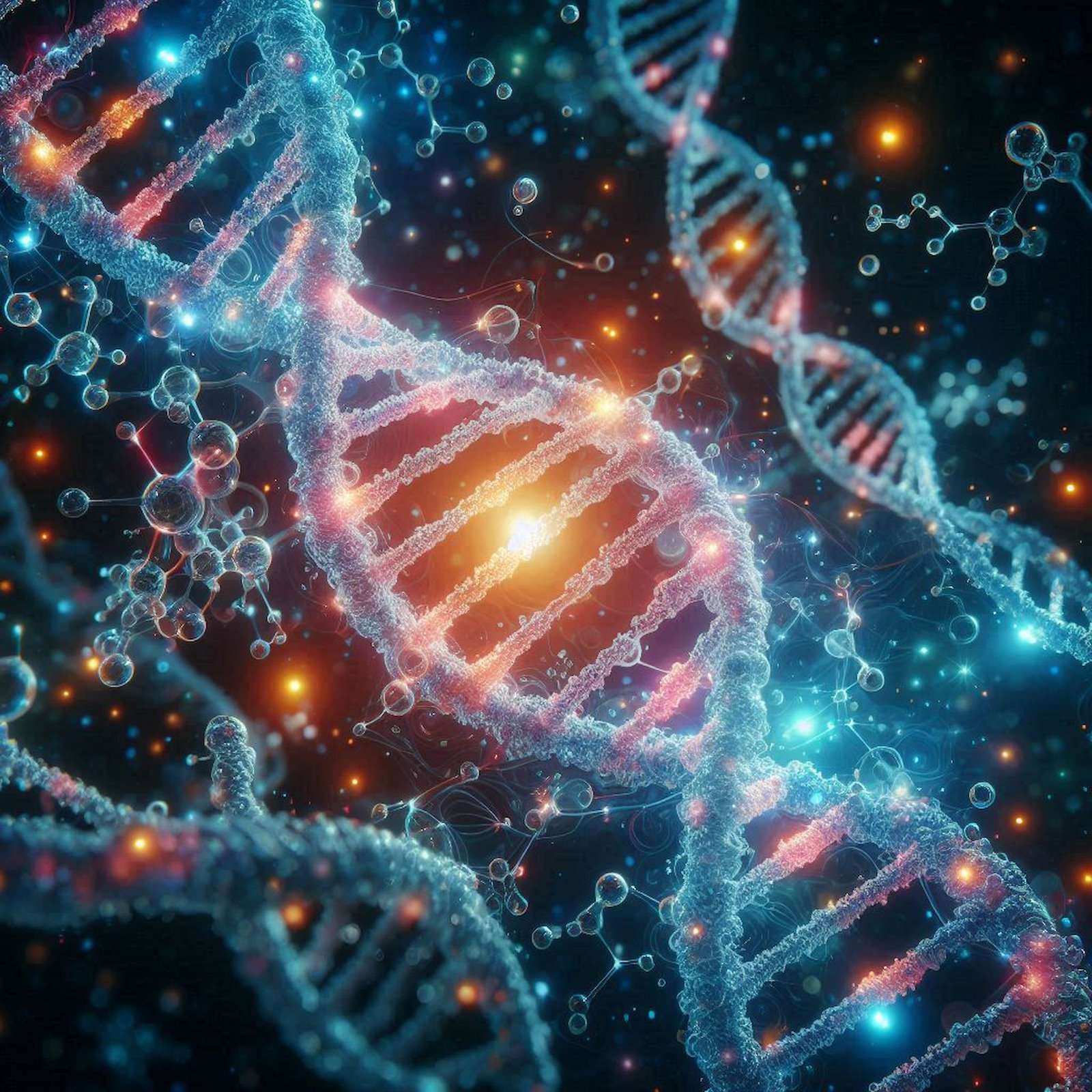Astrophysicists have for the first time calculated the original mass and size of a dwarf galaxy that was torn apart in a collision with the Milky Way billions of years ago. Reconstructing the original dwarf galaxy, whose stars now cross the Milky Way in a stellar “tidal stream”, will help scientists understand how galaxies like the Milky Way are formed and could aid in the search for dark matter in our galaxy.
“We run simulations that take this large stream of stars, preserve it for a few billion years, and see what it looked like before it fell into the Milky Way,” said physics professor Heidi Newberg, astrophysics and astronomy at Rensselaer Polytechnic. “Now we have a measurement from the data, and this is the first big step toward using the information to find dark matter in the Milky Way.”
Billions of years ago, the dwarf galaxy and other similar galaxies near the Milky Way drifted into the larger galaxy. When each dwarf galaxy merged with the Milky Way, its stars were driven by “tidal forces,” the same kind of differential forces that make tides on Earth. Tidal forces distorted and eventually tore the dwarf galaxy, stretching its stars into a tidal stream that was thrown across the Milky Way. These tidal mergers are fairly common, and Newberg thinks that “migrating” stars sucked into the Milky Way make up most of the stars in the galactic halo, an almost spherical cloud of stars that surrounds the spiral arms of the central disk.
Crucially, the location and velocities of tidal stream stars contain information about the gravitational field of the Milky Way.
Reconstructing a dwarf galaxy is a research mission that combines data from stellar surveys, physics and Newberg’s MilkyWay @ Home distributed supercomputer, which operates at 1.5 petaflops – a measure of processing speed – the power of a home computer donated by volunteers. This great processing power makes it possible to simulate the destruction of a large number of dwarf galaxies of various shapes and sizes, and to select a model that best matches the tidal current of stars we see today.
“It’s a huge problem, and we’ve solved it by running tens of thousands of different simulations until we get one that actually matches. This requires a lot of computing power, which we get with the help of volunteers from all over the world who are part of MilkyWay@Home,” Newberg said. “We force it very hard, but given the complexity of the issue, I think this method has a lot of advantages.”
As published today in Astrophysical JournalThe Newberg team estimates the total mass of the original galaxy whose stars are today forming the Orphan-Chenab flux at a rate of 2 x 107 times the mass of our sun.
However, it is estimated that just over 1% of this mass is made up of ordinary matter such as stars. The rest is assumed to be hypothetical matter called dark matter that exerts a gravitational force, but we can’t see it because it neither absorbs nor emits light. The presence of dark matter would explain the discrepancy between the gravitational force of the mass of matter we can see and the much larger clouds required to explain the formation and motion of galaxies. It is estimated that the gravitational force of dark matter accounts for up to 85% of the matter in the universe, and tidal currents from fallen stars with dwarf galaxies can be used to locate dark matter in our galaxy.
“Tidal current stars are the only stars in our galaxy whose locations in the past can be known,” said Dr. Newberg. “By looking at the current velocities of the stars along the tidal stream, and knowing that they were all in roughly the same place and moving at the same speed, we can determine how much gravity is changing along this stream. This will say where the dark matter is in the Milky Way.”
The research also reveals that the predecessor of the Orphan-Chenab stream has a lower mass than the galaxies measured on the fringes of our galaxy today, and if this small mass is confirmed, it could change our understanding of how young star systems form and then merge. To create larger galaxies like our Milky Way.
Galactic halos expert Dr. Newberg is considered a pioneer in identifying stellar tidal currents in the Milky Way. One day, she hopes MilkyWay @home will help her measure more than the characteristics of a disjointed dwarf galaxy. Ideally, you would like to adapt many dwarf galaxies, their orbits, and the properties of the same Milky Way simultaneously. This goal is complicated by the fact that the properties of our galaxy change over the billions of years it takes a small galaxy to cause tidal currents to form.
“By carefully tracing the path of stars mapped to the Milky Way, Dr. Newberg and his team are building an image that not only shows us a long-destroyed dwarf galaxy, but also highlights the composition of our galaxy and nature itself,” said Kurt Brennemann, dean of Rensselaer College. for science.
At Rensselaer, Eric J. Mendelsohn, Siddhartha Shelton and Jeffery M. Thompson joined Newberg on the research. Also contributing to the discovery were Carl J. Grillmair of the California Institute of Technology and Lawrence M. Widrow of Queen’s University. ” Estimating the mass and profile of the dwarf galaxy progenitor of the Orphan-Chenab flow using MilkyWay @home Published with support from the National Science Foundation and data from the Sloan Digital Sky Survey, the Dark Energy Camera at the Inter-American Cerro Tololo Observatory, and the National Aeronautics and Space Administration/Infrared Processing and Analysis Center.

“Certified gamer. Problem solver. Internet enthusiast. Twitter scholar. Infuriatingly humble alcohol geek. Tv guru.”





